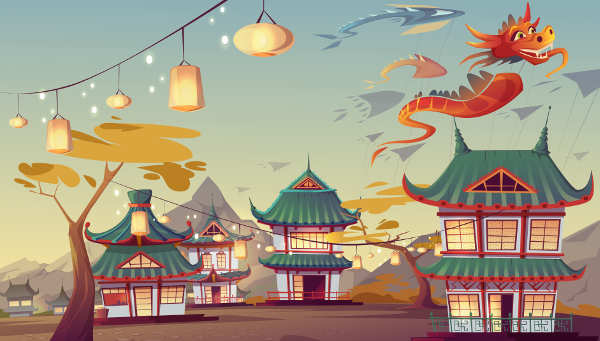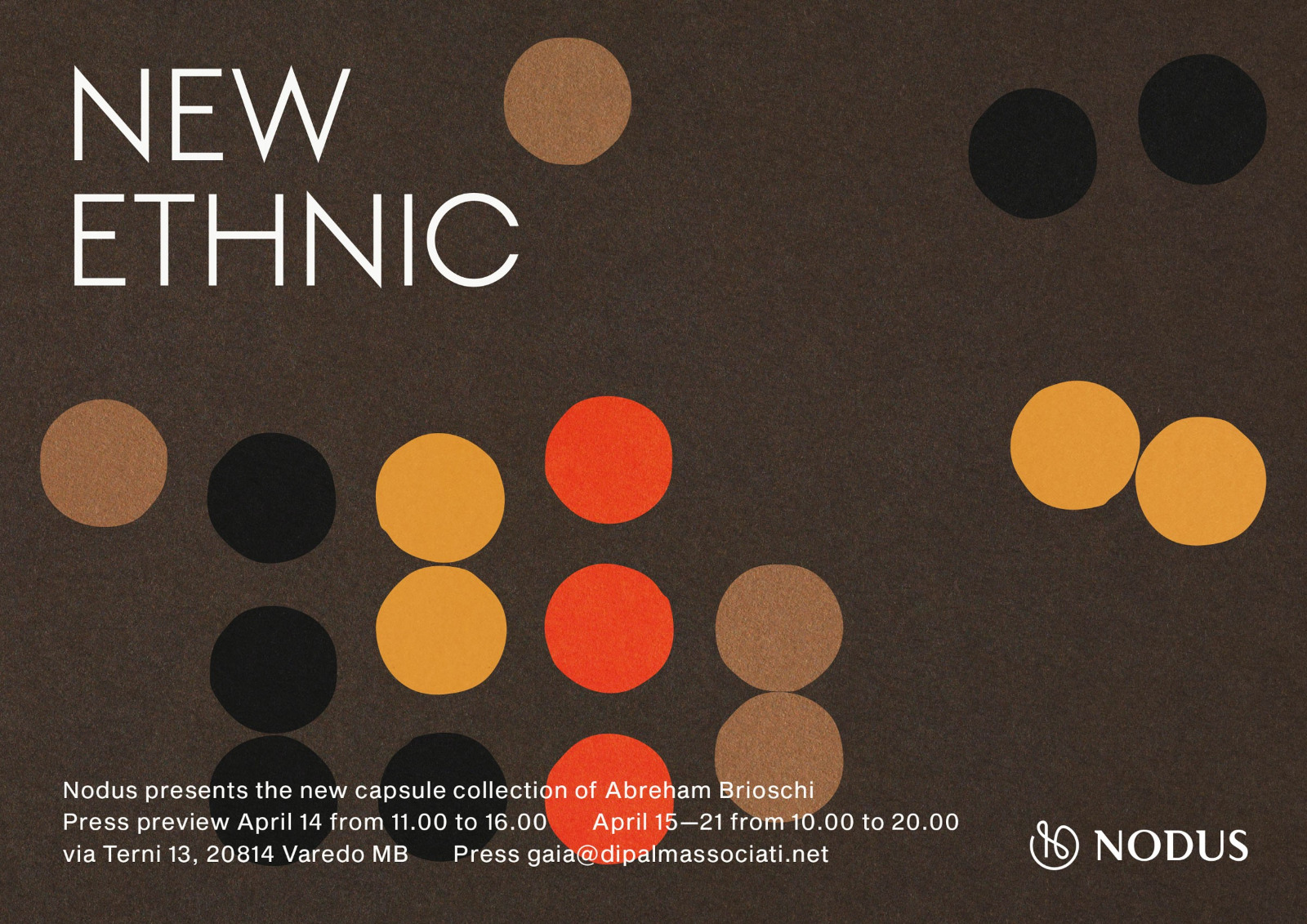The history of Chinese luxury carpet
Design — Dec 16.2020
Originally, Chinese luxury carpets were primarily intended for the upper classes. They adorned the rooms of the imperial palace and were offered as gifts to foreign officials and diplomats.
The Chinese tradition was then consolidated over time, with slight differences between the different regions of China.
Chinese luxury carpets from the Ming dynasty to the present day
We do not know exactly when the carpets made their appearance in China. They were probably brought by merchants and travellers. We do know, however, that weaving and knotting carpets was already a widespread practice during the Ming dynasty in the 14th century.
It was under the Ming Empire, which lasted until the middle of the 17th century, that Chinese craftsmen perfected their art, becoming sublime weavers and knotters. This allowed them to create carpets of enchanting beauty.
As we have said, the most precious works were destined for the rooms of the imperial palace. On the other hand, the value of Chinese carpets was such that they were used as gifts, especially for the key personalities with whom China had diplomatic relations. In short, it was an honour to receive such artefacts as a gift, because it meant possessing a recognised lineage.
In the carpets made in this historical period the colours yellow, blue, red and tobacco predominated. The fibres, mainly wool and silk, were coloured using dying herbs and substances obtained from natural elements. Blue was obtained from indigo, for example, while shades ranging from red to brown were obtained using madder, cochineal or walnut husk. To obtain yellow, the symbol colour of the Chinese tradition in making carpets, a very expensive spice, saffron, was used.
The decorations of the pieces of this period are particularly elaborate. The craftsmen were inspired in part by the rich motifs used in the decoration of the porcelain. Then, in part, they made original designs, representing on the carpets the predominant elements of spirituality and society of the time.
More generally, the traditional Chinese working technique is based on the Persian one. However, it has some adaptations, due to the different characteristics of the wool fibres. Thus, compared to Persian carpets, Chinese carpets are slightly thicker. It maintains high levels of softness and comfort.
With the advent of the Ts’ing dynasty, the Chinese tradition continues, even if the works made by the craftsmen seem to have a little less charm. In the meantime we have reached the 18th century and the tradition has spread to other regions of the empire. While carpets were initially made mainly in the central regions, now carpets are also made in the more peripheral areas of China, right up to the Beijing area – this happened around the 19th century.
Over the course of time, production in the different regions of China has specialised, taking into account the different needs and habits of the local population. In Mongolia, for example, the production of square carpets, i.e. small and richly decorated creations, has become widespread. They are ideal for decorating the walls of houses and temples.
The main novelty of the carpets made in this phase – compared to those produced during the Ming dynasty – is the presence of a central medallion, which is also reproduced in the corners. Another difference is the arrangement of the various decorative elements according to the rules of yin and yang.
The symbolism of Chinese luxury carpets
What makes traditional Chinese luxury carpets special, today as then, is the presence of a multiplicity of symbols. Each of them has a precise meaning. Flowers,animals and other decorative elements not only have an aesthetic function but represent values and symbols of Chinese culture and society. Nothing is random. On the contrary, everything creates a symbolic language, which transfers – to those who can read it – precise messages and emotions.
The prince and the protagonist of many Chinese luxury carpets is the dragon, considered the ruler of natural forces. Often, the dragon is represented together with another fantastic animal, the phoenix. This second animal is considered the king of birds. It is also the symbol of benevolence and life that is renewed.
Many of the representations that enrich Chinese luxury carpets refer to Buddhist and Taoist culture. Examples include the lotus flower and pearls, both symbols of purity. Peonies and coins are an allegory of wealth. Frequent is also the use of the pair of fish, which in Buddhist tradition symbolises the absence of fear and the infinite knot. What is the infinite knot? It is another Buddhist symbol of good omen, which also represents the interconnection of cause and effect.
In the production of luxury carpets, the Chinese tradition has nothing to envy to the better known Persian tradition. The quality of Chinese carpets is indeed excellent. This is as much true for the materials used as for the choice of ornamental motifs. Being able to show a fine Chinese carpet to your guests is, even today, a source of pride and distinction. Because it testifies that the taste of the hosts knows how to choose handicraft pieces that come from cultures far from the Middle East.
Nodus creates prestigious carpets.
Bring luxury into your home!
>>> CONTACT US! <<<
![]() Nodus has reinvented the luxury carpet. It was in fact the first brand to propose the concept of the rug as a work of contemporary art.
Nodus has reinvented the luxury carpet. It was in fact the first brand to propose the concept of the rug as a work of contemporary art.
Nodus has always created exclusive products that furnish the most beautiful homes in the world. Do you want to make your home inimitable as a work of art?
Bring a hand knotted rug of the highest quality and design into the spaces of your daily life! Give your family and the people you love the beauty of a dream masterpiece! Every piece of Nodus is designed by famous Designers, making it recognisable and prestigious. In this way, each rug is unique: you will not find another one like it. Like all beautiful and unrepeatable things, one piece in the Nodus collection sets you apart and speaks to others about your taste and elegance. CONTACT US!
